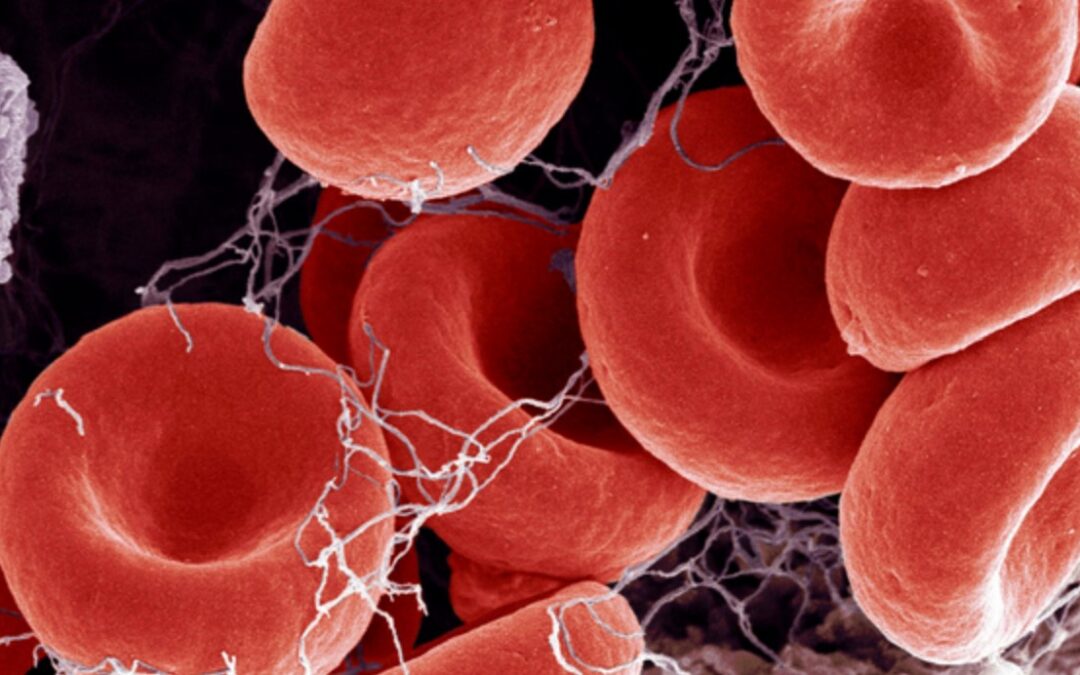Estimates are about 900,000 people a year develop serious blood clots and of those, about 100,000 people die from them. On average, that’s one person dying from a clot every six minutes.
Blood clots most often occur in the legs, but can occur in the arms as well. If the clot breaks off and travels to the lungs it can become a very serious health emergency. Most blood clots are preventable.
Our goal is for you to:
- Know the signs and symptoms of a clot
- Learn what puts people at higher risk for blood clots, and – Know when to talk to your doctor and/or therapist about your risks and how to prevent clots
The signs and symptoms of a blood clot in the arms or legs can include swelling, pain, redness, and deep tenderness. Symptoms of a blood clot in the lungs – called a pulmonary embolism – include difficulty breathing, chest pain, and/or a fast or irregular heartbeat.
As physical therapists, we see many people for their post-operative care. Having had recent surgery is one of the risk factors for developing a clot. The other risk factors are as follows:
- Being older (over age 40)
- Obesity
- Undergoing certain cancer therapies
- Using birth control pills or other estrogen-containing contraceptives
- Pregnancy or recent birth of a child
As physical therapists, we are knowledgeable of the risk factors and what to look for. The most common advice given to our post-surgical patients is to keep the involved body part moving, even if it is just pumping your ankle up and down in the case of lower extremity surgery. Being static and not moving is the biggest factor contributing to a blood clot.

